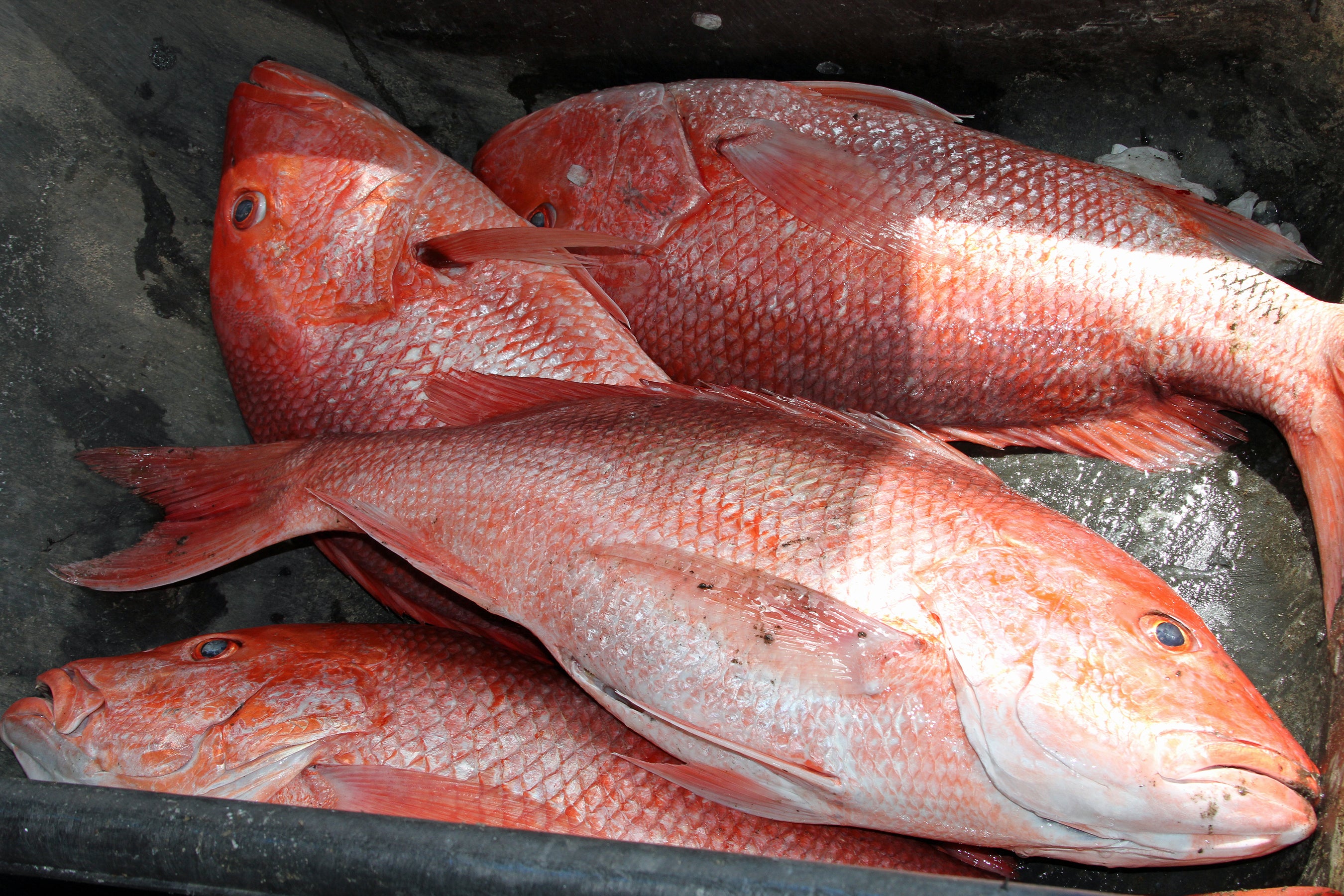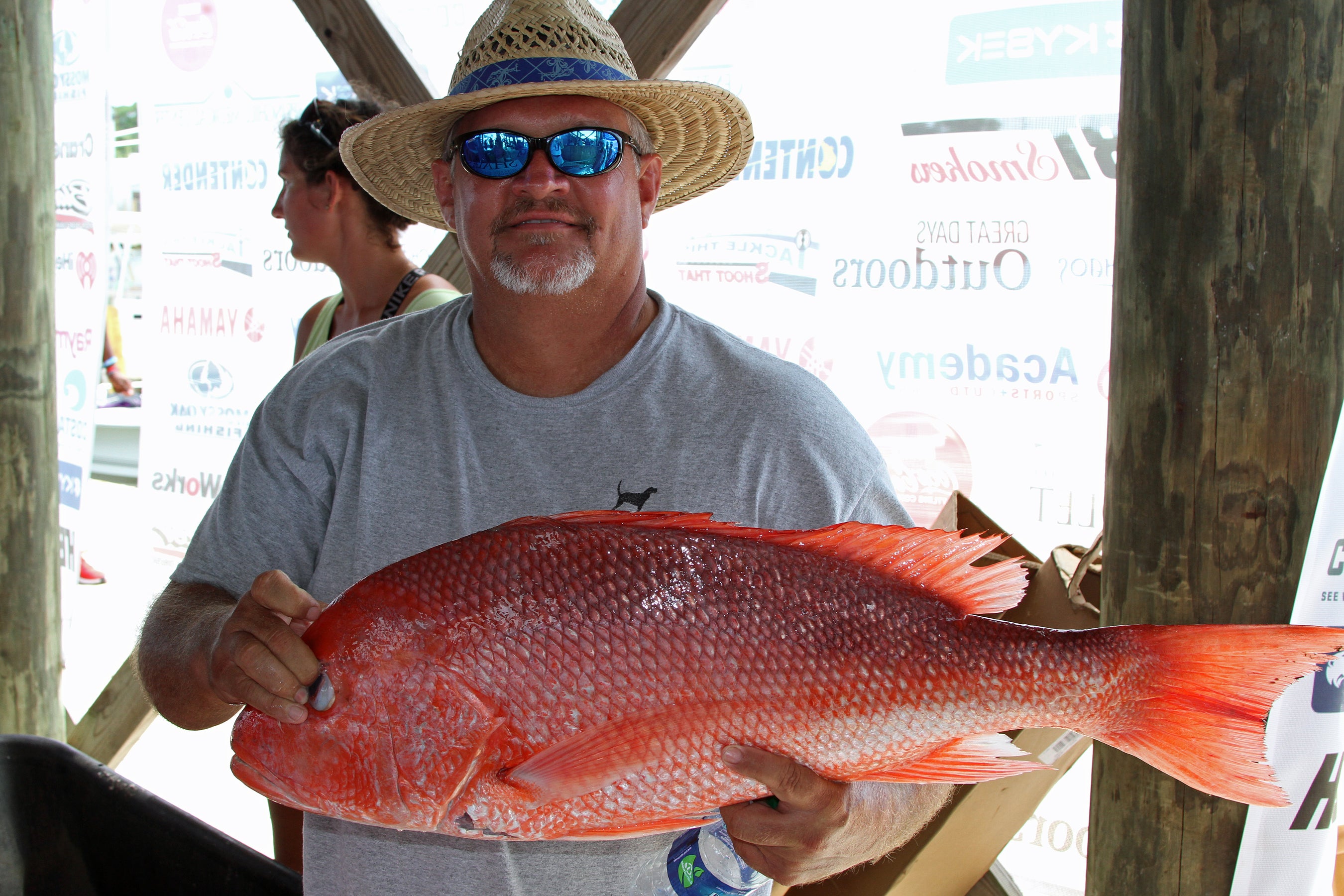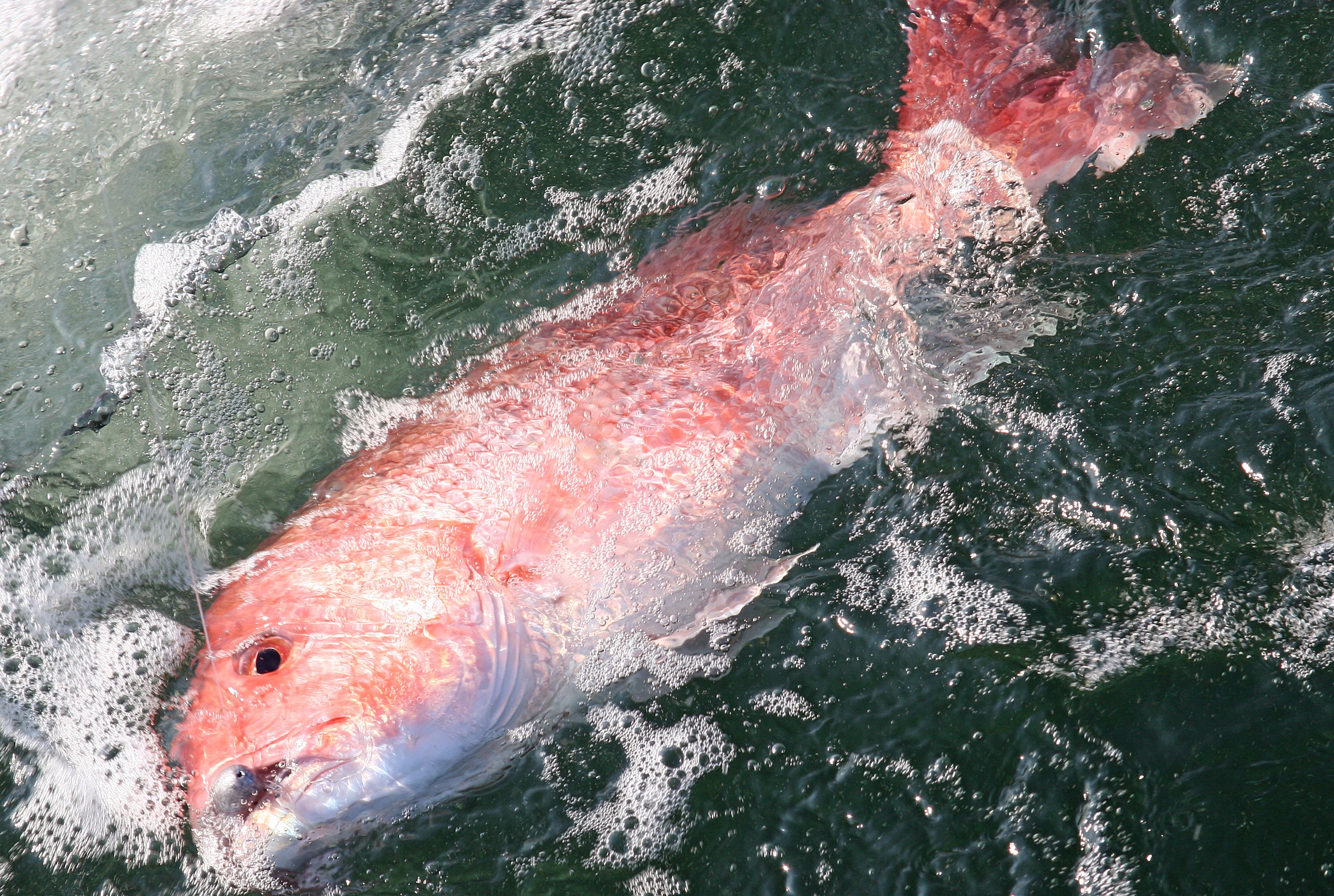By DAVID RAINER, Alabama Department of Conservation and Natural Resources
With less than ideal weather conditions so far this summer and the ability to closely monitor the harvest data through Snapper Check, the Alabama Marine Resources Division recently announced a five-day extension of the red snapper season that runs from August 1-5.
Stormy weekends and Hurricane Barry made it more difficult for offshore anglers to head out this year compared to the 2018 season, when anglers couldn’t have asked for better weather.
“Last year was an anomaly of a year in terms of weather,” said Scott Bannon, Director of the Marine Resources Division (MRD). “I even had charter boat captains remark that they had fished every single day in June last year, and they’d never done that before. The weather was phenomenal, and people caught a lot of fish, which is good.
“But the result of that was we had to close the season earlier than projected because more people got to go catch more fish. I think people were excited that the state was able to manage the season. They were excited about a 47-day season. There’s no doubt there was disappointment when we closed early last year (after 27 days), but that is actually one of the benefits of the program. That is, we have the ability to monitor the catch and ensure we don’t go over. If you go over the annual quota, you’re penalized the next year.”
The traditional June 1 date for the opening of snapper season this year was similar to 2018, but weather conditions deteriorated after that.
“Opening weekend was beautiful, and (fishing) effort was very high, which was good,” Bannon said. “The effort was even a little higher than it was for some of the days last year. Since then, the weather has been more typical. We had a couple of weekends where it blew pretty good, and effort was down. When Hurricane Barry came along, the effort was basically negligible.
“People choose not to fish when the weather is bad and having Snapper Check in place allows us the ability to quantify how much the weather affects efforts and landings. We want people to understand that they don’t need to put themselves in an unsafe situation just to go catch fish. We have the ability to monitor the amount of fish being caught, and just as days can be removed from the season during ideal conditions, they can be given back when conditions are not favorable for fishing.”
After the 4th of July weekend, MRD staff determined that a significant portion of Alabama’s total allowable catch for red snapper remained.
Alabama was allocated 1,079,573 pounds for the 2019 season, which is operating under an Exempted Fishing Permit (EFP) that NOAA Fisheries granted for the 2018 and 2019 seasons.
“When the catch data for the season through the Independence Day weekend was analyzed, we realized we had enough quota remaining that we could go beyond the six days remaining in July,” Bannon said.
Red snapper anglers, at the same time last year, had harvested about 360,000 more pounds of fish.
“We calculated how much harvest could occur during the remainder of the season, based on the average daily catch and weather conditions through the current fishing season,” Bannon said. “We decided we could easily add the first five days of August, which would be a Thursday through Monday. Kids wouldn’t be back in school yet, and the amberjack season would be open. It would be a combination of weekends and weekdays. We had heard from the public they would like more weekdays.”
Bannon believes the attitude of Alabama’s snapper anglers has changed since the state has been able to manage the fishery.
“I think we are past the point of what I call panic fishing – people just fished because they felt they had to because they weren’t going to get many opportunities,” he said. “Now, anglers’ attitudes are more relaxed toward snapper season, knowing they are going to be provided an opportunity to fish a specific quota and days can be added to the season due to bad weather, if necessary.”








